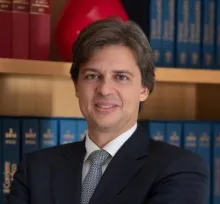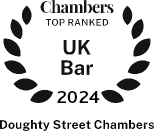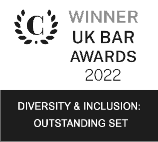Referral to the Grand Chamber of the European Court of Human rights in the case of Lekic v. Slovenia
On September 18, 2017, a panel of five judges of the European Court of Human Rights accepted the request submitted by Professor Andrea Saccucci that the case Lekic v. Slovenia be referred to the Grand Chamber pursuant to Article 43 ECHR. The judgment of February 17, 2017, in which a Chamber of the Fourth Section of the Court found no violation of the ECHR, will therefore be subject to a full review by the Grand Chamber as it raises “a serious question affecting the interpretation or application of the Convention or the Protocols thereto, or a serious issue of general importance”.
The case concerns compliance of Slovenian corporate legislation with the European Convention on Human Rights; namely with the right to property protected by Article 1 of Protocol No. 1 to the Convention, the right to a fair trial enshrined in Article 6 ECHR, and the right to an effective remedy guaranteed by Article 13 ECHR.
The Financial Operations of Companies Act (so-called FOCA), passed by the Slovenian Parliament in 1999, provided for the ex-officio erasure of all the companies that were presumed to be inactive. As a result of the erasure, the shareholders of the erased company became personally liable for all the debts incurred by the company irrespective of their actual role in the management of the company.
The measure of piercing the corporate veil affected more than 24,000 small and medium Slovenian enterprises (according to the data made available by the Slovenian Ministry of Economy) and triggered collective litigation before domestic Courts and before the European Court of Human Rights.
The application in Lekic v. Slovenia was the first of such cases to be examined and decided by the European Court of Human Rights. The panel’s decision to accept the request for referral to the Grand Chamber submitted by Professor Andrea Saccucci is great news in that it allows the Court to ponder the consistency of the Chamber’s ruling with the previous case-law on piercing the corporate veil and to address some issues that seemingly were not considered by the Chamber’s ruling.








